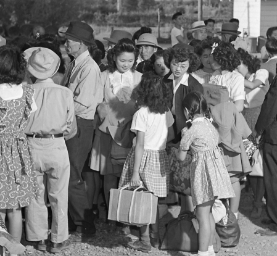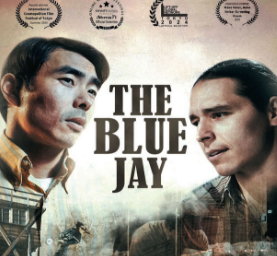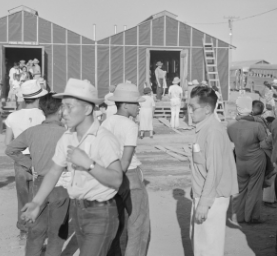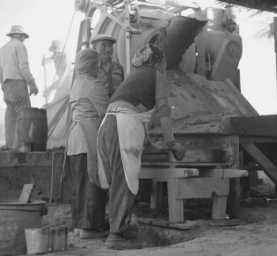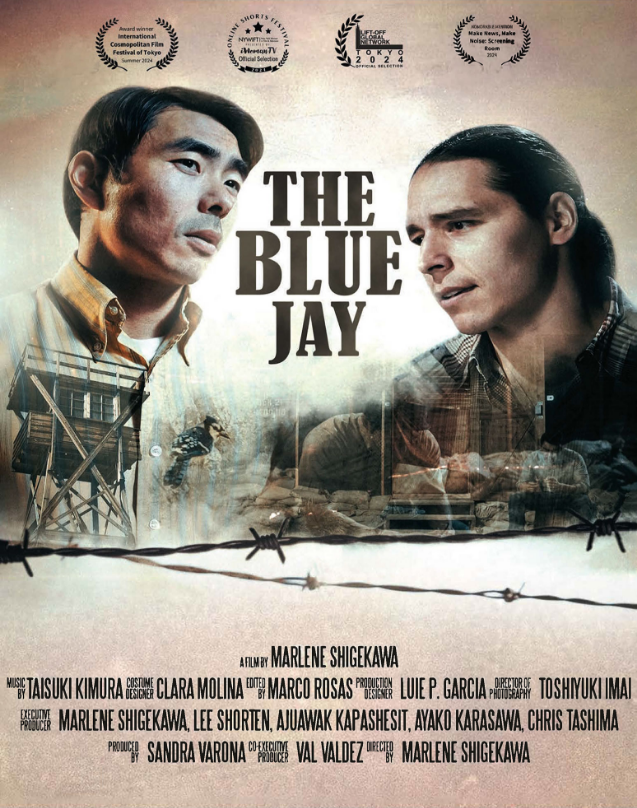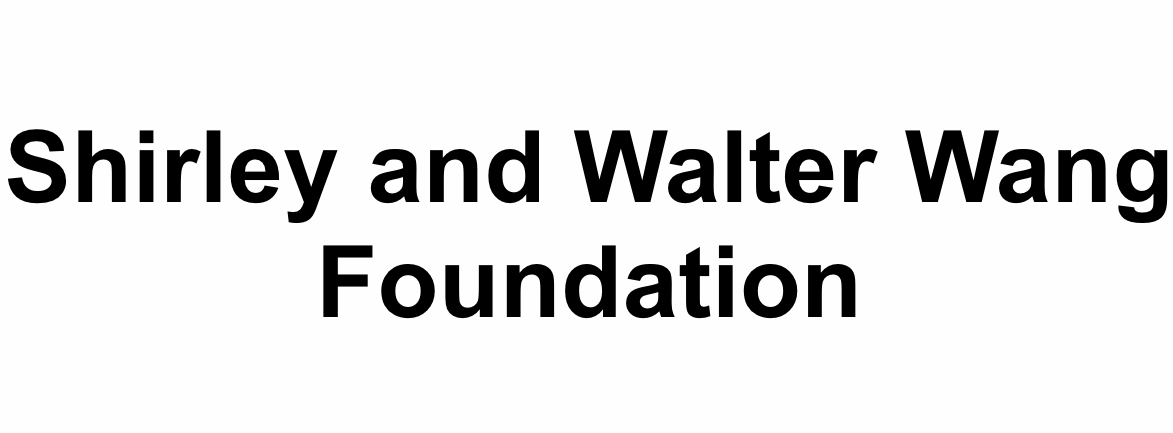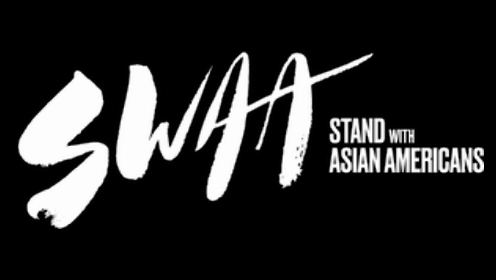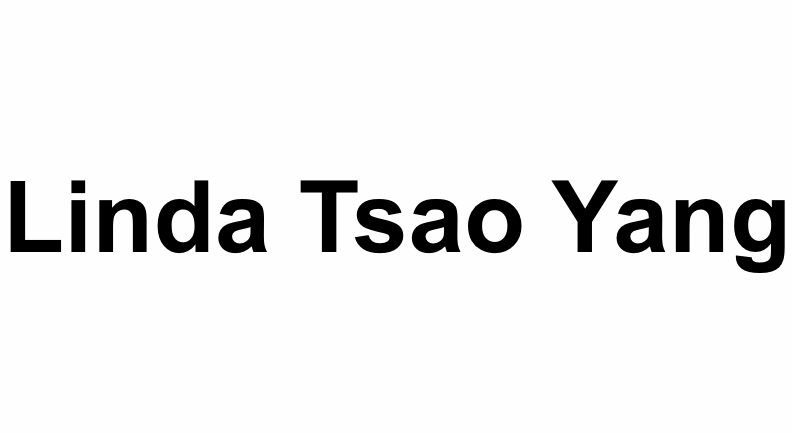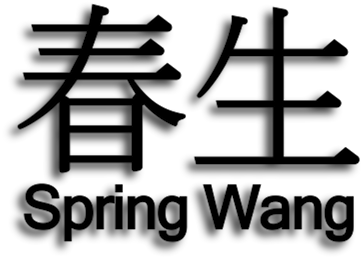This lesson is the fourth of four lessons developed for the Poston Community Alliance about the Poston Incarceration Camp, labeled as the Colorado River Relocation Center by the U.S. government, during World War II (1939-1945). These lessons examine Poston’s historical roots and how it evolved as a result of the relationship between the Japanese American and Native American communities.
Grade: 9-12Subject:
English Language Arts, U.S. History, Social Studies
Number of Lessons/Activities: 5
Set in Poston Incarceration Camp in Arizona during World War II (1939-1945), the narrative short film The Blue Jay tells the story of an unlikely friendship between Sam, a Japanese American incarcerated at Poston, and Pohache, an Indigenous Mohave living on the Colorado River Indian Reservation (CRIR). In this lesson, students watch and identify themes of the film, and analyze how the filmmaker conveyed an account of Poston’s history. Students will complete a character analysis of the main characters and examine how their relationship develops over the course of the film. Students will analyze the craft and structure of the film and discuss how the filmmaker’s choices add additional dimension to the study of Poston’s history.
Students will:
- Identify themes of the film The Blue Jay.
- Analyze the filmmaker’s choices and discuss how these choices convey Poston’s history.
Screening of “The Blue Jay”
Content warning: This film contains a portrayal of gun violence and murder.
Film Synopsis:
Set in the Poston concentration camp in Arizona during World War II (1939-1945), the film is inspired by true events. In the film, Sam, a Japanese American incarcerated at Poston, forms an unlikely friendship with Pohache, an Indigenous Mohave living on the Colorado River Indian Reservation.
Filmmaker Biography:
Marlene Shigekawa is the Executive Director of the Poston Community Alliance, a nonprofit organization that preserves the legacy of the former Poston Incarceration Camp. She has worked for over 15 years with the Tribal Council of the Colorado River Indian Tribes in preserving the historic structures of Poston and in creating educational films. A writer/director/film producer, Marlene Shigekawa has produced the short, live action film, The Blue Jay, and the feature documentary film, For the Sake of the Children, which has screened throughout the U.S. and Canada. Her published work includes children’s books about her family’s incarceration experience – Blue Jay in the Desert and Welcome Home Swallows. Her high-tech work in Silicon Valley led to her published book – Succeeding in High Tech: A Guide to Building Your Career. She earned a B.A. in English from the University of California, Riverside and a M.S. in Counseling from the California State University, East Bay.
- What is the setting of the film?
- What does the murder of Toshi represent?
- How does Sam’s wife’s difficulty feeding her baby serve to further the plot?
- How does the film portray institutional racism?
- What messages is the filmmaker trying to convey?
- What does the blue jay represent? Why is this significant?
Designed by Marlene Shigekawa
Activity 1: Identifying Themes in The Blue Jay
- Have students watch the film The Blue Jay.
- Facilitate a discussion using the Discussion Questions.
- Tell students the following: “A theme is a key message, idea, lesson, or concept in a text. Themes can generally be conveyed in a word or short phrase. Texts can have multiple themes.”
- Create and display the following chart for all to see:
- Have students create a list of themes of the film and record them in the left column. (Examples include: friendship, solidarity, government corruption, institutional racism, surviving adversity, or helping others.)
- Have students list evidence from the film for each theme and record them in the right column.
- Have students select one of the themes and create their own artistic interpretation of their selected theme via artwork, video, story, etc.
- Have students write a reflection about how their interpretation of the theme is similar to and different from Marlene Shigekawa.
- Have students share their work and their reflection to a partner and/or small group.
- Explain to students how most themes are universal as they convey a human experience but that since everyone has different experiences their interpretations will differ.
- Ask students to consider why human experiences differ (i.e., socio-economic status, geography, race, gender, education, etc.).
- Facilitate a discussion by asking the following questions:
- How is each theme developed over the course of the film?
- How do the themes build on one another to produce an account of Poston’s history?
Activity 2: Analyzing the Characters in The Blue Jay
- Distribute the worksheet entitled, “The Blue Jay Character Analysis.”
- Have students work in pairs to complete Part 1 of the worksheet on character traits.
- Have students list character traits for Sam and Pohache in the columns labeled, “Trait.”
- Have students list evidence of these traits in the columns labeled, “Evidence.” Explain that evidence can include what the characters say and their actions.
- Have students work in pairs to complete Part 2 of the worksheet on the development of the relationship between Sam and Pohache.
- Have students describe the relationship between two characters from the beginning to the end of the film. Write a brief description of the relationship in the boxes labeled “Description.”
- Have students list evidence for each description in the boxes labeled “Evidence.” Evidence can include dialogue, actions, responses, etc.
- Facilitate a class discussion by asking students the following questions:
- How and why does the relationship between Sam and Pohache develop over the course of the film?
- How do Sam and Pohache influence each other?
- Why do you think the filmmaker chose to center the story on the relationship between Sam and Pohache?
- In what ways do Sam and Pohache embody the experiences of Japanese Americans and Indigenous people at Poston during World War II?
- Tell students the following: “A monologue is a speech given by a single character. Monologues allow writers to have characters express something or further the storytelling without dialogue. Often, they are used for a character to express their true thoughts or emotions.”
- Have students complete Part 3 of the worksheet by choosing one of the two main characters (Sam or Pohache) and writing a character monologue for that character. Explain that the monologue should incorporate the traits from Part 1 of the worksheet and take on the voice and perspective of the character.
- Have students write their selected character on the top row.
- Have students indicate the timing of the monologue in the second row by describing the scenes before and after in the film. Have students look at Part 2 of the worksheet and establish where in Sam and Pohache’s relationship the monologue will occur. Explain that the content of the monologue should be consistent with the relationship development in the film.
- Have students list the purpose of the monologue in the third row. (What is the character expressing?)
- Have students write the monologue in the fourth row.
Activity 3: Interpreting Quotes in The Blue Jay
- Ask students the following question: “What is your favorite movie quote and why?”
- Record responses as students share.
- Facilitate a discussion by asking students the following questions:
- Why do you remember these quotes?
- How do quotes add to a story?
- What do quotes reveal about a character?
- Create and display the following chart for all to see:
| Quote |
Who said it? |
Why did they say it? |
What does it mean? |
| “What do you know? A new kind of sheriff on the res. They ought to pay us rent.” |
|
|
|
| “Mirages fade away when the scavengers come out.” |
|
|
|
| “What does an Indian want for fraternizing with the enemy?” |
|
|
|
| “Indigenous people can’t trespass” |
|
|
|
| “This here’s the culprit, Pohache.” |
|
|
|
| “Brought you someone who could help you. Even if he is a White man.” |
|
|
|
- Have students complete the chart by reading the quote from the film, determining who said it and why they said it, and interpreting what the quote means.
- Ask students, “What is the impact of these quotes on the overall meaning of the film?”
Activity 4: Analyzing the Ending of The Blue Jay
- Have students rewatch the last scene of the film (12:19-13:10). Ask students, “What does this scene represent in terms of Sam and Pohache’s relationship? How did the prior events of the film lead to this event?”
- Facilitate a discussion by asking the following questions:
- Why do you think the filmmaker chose to end the film with the introduction of the ACLU (American Civil Liberties Union) representative?
- What is the impact of leaving this part of the film open-ended?
- How does this contribute to the overall meaning of the film?
- Ask students: “What are some alternative endings to this story? How else could this story have ended?”
- Remind students to consider historical contexts.
- Remind students to stay true to the plot and character development.
- Have students write their own endings.
Activity 5: Summarizing The Blue Jay
- Have students write a Quickwrite about what they liked about the film.
- Facilitate a discussion by asking the following questions:
- How does this film help you understand the history of Poston Incarceration Camp?
- What emotions does the film evoke? What role does eliciting emotions play in your understanding of the historical events?
- How does the film differ from written text about the history of Poston? How does the film add to what you have already read and learned?
- How does the film add dimension to the understanding of this history? What more did you learn from this film that you did not learn from the previous lessons?
- Have students analyze the role of music in the film. Have students discuss how music in different parts of the film evokes different emotions. Have students read the article entitled, “The Blue Jay: Listen to an Exclusive Track from Marlene Shigekawa’s Short" to learn more.
- Have students write a script for their own short narrative film about Japanese American incarceration. Explain that the film should be rooted in historical facts and events, but the characters, plot, and dialogue can be fiction.
- Have students make a list of interview questions for the filmmaker. Raise funds and invite the filmmaker to your school site.
- Have students research the history and role of the ACLU during Japanese American incarceration. Have students summarize the conflicting perspectives within the ACLU and explain why there were such ideological differences at play.
- Have students create a new character for the film. Have students refer to Activity 2. Have students reflect on why this character is needed for the film.
CCSS.ELA-Literacy.RL.11-12.2
Determine two or more themes or central ideas of a text and analyze their development over the course of the text, including how they interact and build on one another to produce a complex account; provide an objective summary of the text.
CCSS.ELA-Literacy.RL.11-12.3
Analyze the impact of the author's choices regarding how to develop and relate elements of a story or drama (e.g., where a story is set, how the action is ordered, how the characters are introduced and developed).
CCSS.ELA-Literacy.RL.11-12.4
Determine the meaning of words and phrases as they are used in the text, including figurative and connotative meanings; analyze the impact of specific word choices on meaning and tone, including words with multiple meanings or language that is particularly fresh, engaging, or beautiful. (Include Shakespeare as well as other authors.)
CCSS.ELA-Literacy.RL.11-12.5
Analyze how an author's choices concerning how to structure specific parts of a text (e.g., the choice of where to begin or end a story, the choice to provide a comedic or tragic resolution) contribute to its overall structure and meaning as well as its aesthetic impact.
